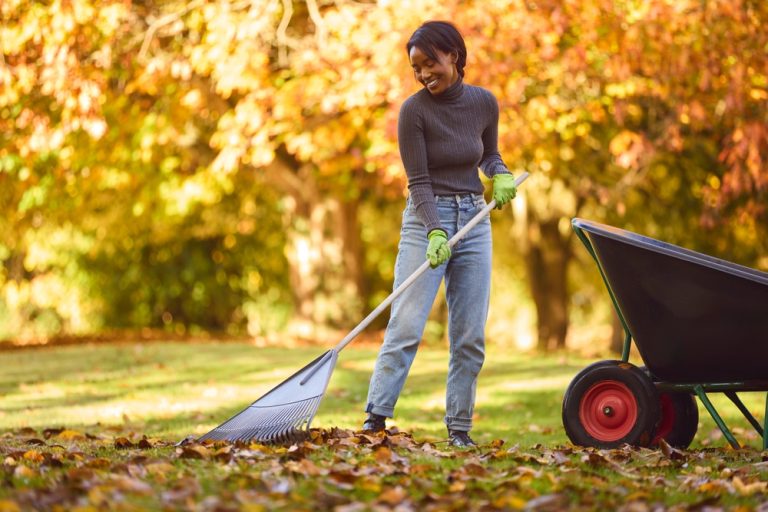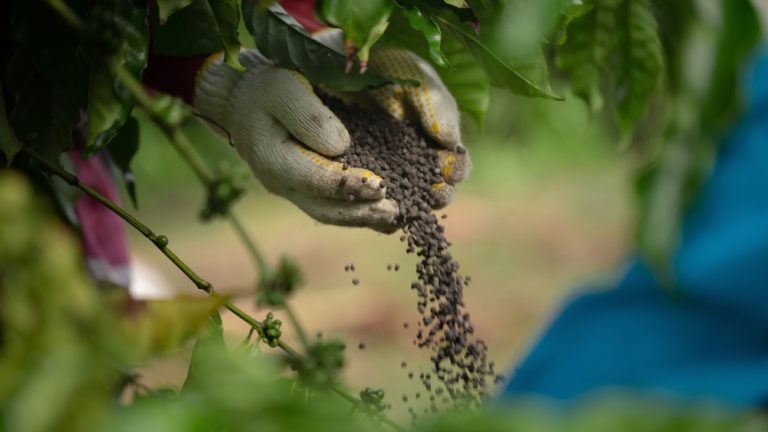Crunching leaves underfoot is a fall tradition. The rake comes out, the yard bags fill up, and somewhere in the back of your mind, you hear your grandparents saying, “A tidy lawn is a healthy lawn.” But what if they were wrong? What if all those hours spent raking, bagging, and dragging leaf piles to…
nitrogen fertilizer
What Happens to Plants If You Use Enviro Ice on Them?
About a year ago, I wrote our first article about Enviro Ice. Companies like HungryRoot use this gel to keep items cold for shipping, and I receive it in my monthly food deliveries. Surprisingly, you can use this nitrogen-based product to fertilize your plants according to the manufacturer. I considered trying it in my garden,…
5 Fertilizers to Skip in the Cool Season
You know that feeling when the first chill hits the air, and your lawn looks like it’s begging for attention? You grab your garden gloves, feel unstoppable, and think, “It’s fertilizing time!” But hold up. Not every fertilizer plays nice with cool-season conditions. In fact, using the wrong one right now can backfire—causing stress, waste,…


